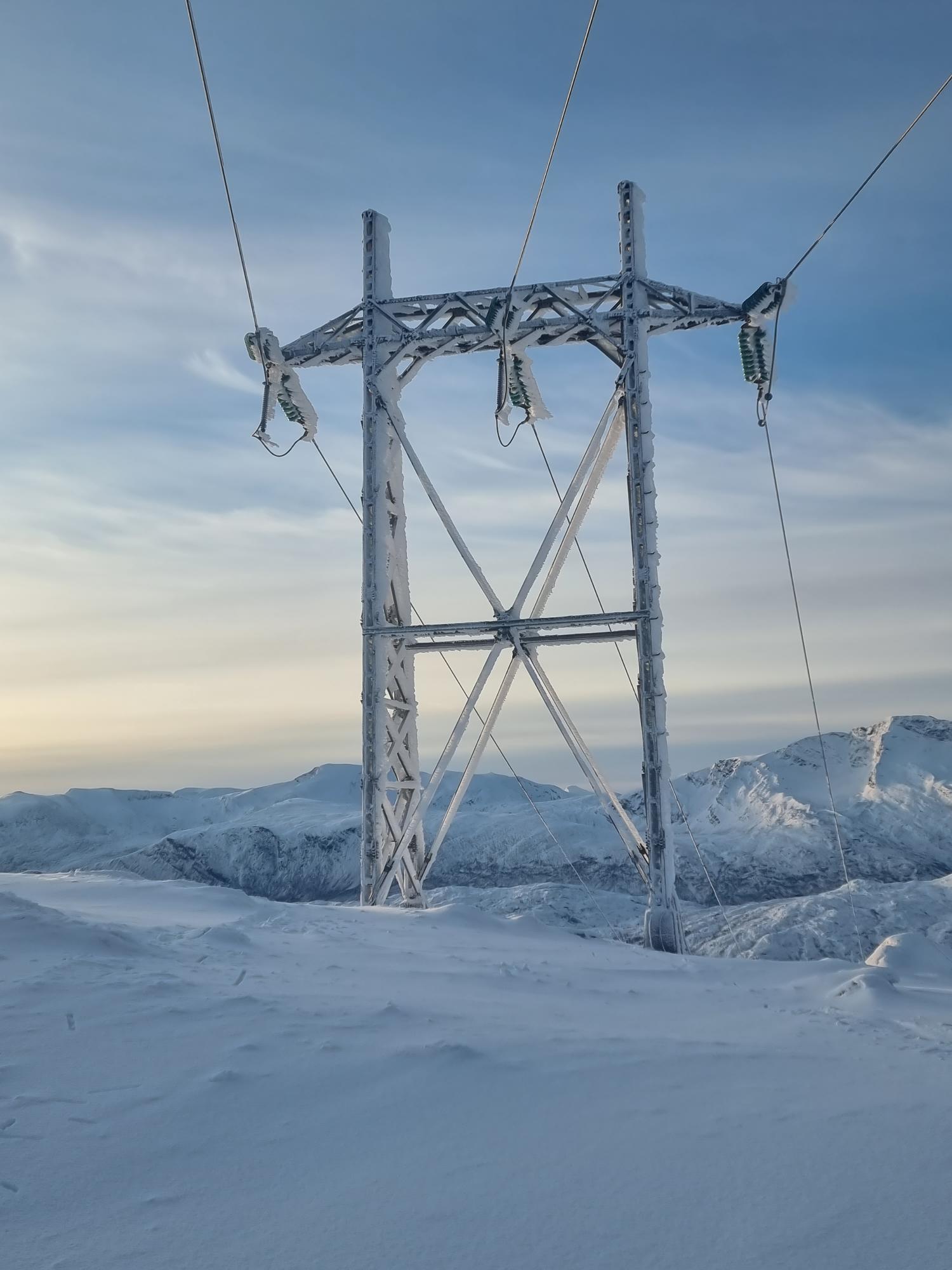FRonTLINES: Development of a Toolbox for Assessing Frost & Rime Ice Impact on Overhead Transmission Lines

The design of power lines exposed to mountain terrain in Norway is challenging. The knowledge about many important processes related to the ice accretion and its different effects on line components is limited. Experiences with damages on power lines during the 2013/2014 winter season illustrated the need to improve the knowledge of atmospheric icing, to develop calculation tools to give better estimates of climatic loads on power lines and to verify the modelling and calculations to avoid future damages. In addition, the generation of hoar frost on conductors cause significant energy loss every winter due to corona discharges. This issue requires update of knowledge, modelling and verification by testing. The underlying idea of this project was to develop a toolbox that can combine state-of-the art methods and models to calculate the impacts from frost and rime ice on overhead transmission lines. The aim of this project was to develop the models for ice accretion on power lines, to be applied both for design purposes and for monitoring the lines under operation, including forecasting of potentially critical events. The objectives of this project were:
- Carry out field measurements of key meteorological parameters for the validation and development of models for the prediction of frost and rime ice.
- Carry out laboratory experiments to investigate how the rate of ice accretion depends on the ice surface properties and for different power line configurations.
- To develop an additional term to the ISO12494 standard to describe the growth of large ice loads and for ice load on bundle conductors.
- Implement and validate calculations of hoar frost on power lines
- To develop a pilot forecasting system for hoar frost and corona losses.
The main partners of this project were, University of Tromsø, KjellerVindTeknikk-Oslo, STATNETT, STRI-Sweden, Norwegain Meteorlogical Institute-Oslo.
Project Duration: 2015- 2018
Project Funded By: Norwegian Research Council & STATNETT.
Budget: 1,33 mEUR